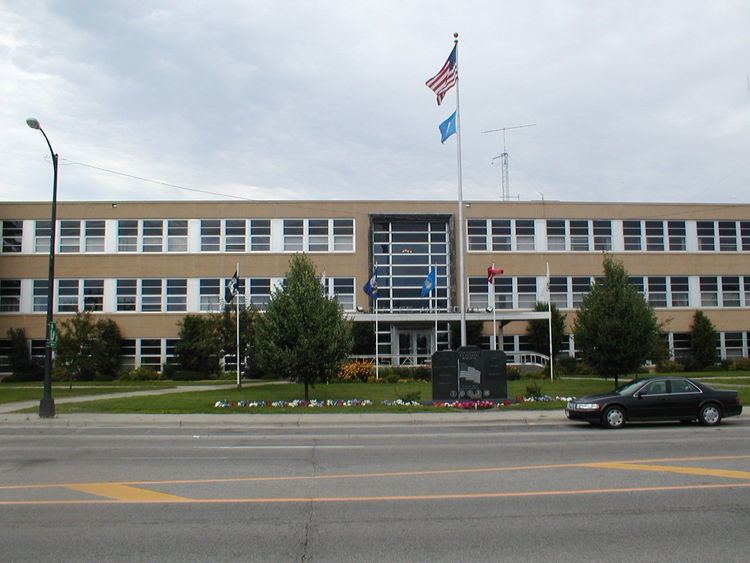Founded October 27, 1849 Website www.co.itasca.mn.us Population 45,564 (2013) Unemployment rate 6.8% (Apr 2015) | Area 7,584 km² University Itasca Community College | |
 | ||
Named for Two Latin words for "truth" and "head" Points of interest Hill Annex Mine, Judy Garland Museum, Scenic State Park, Lost 40 Scientific and Natur, Children's Discovery Museum | ||
Itasca conversations with simeon aitken weekend of wheels itasca county minnesota
Itasca County is a county located in the State of Minnesota. As of the 2010 census, the population was 45,058. Its county seat is Grand Rapids. The county is named after Lake Itasca, which is in turn a shortened version the Latin words veritas caput, meaning 'truth' and 'head', a reference to the source of the Mississippi River. Portions of the Bois Forte and Leech Lake Indian reservations are in the county.
Contents
- Itasca conversations with simeon aitken weekend of wheels itasca county minnesota
- Map of Itasca County MN USA
- Itasca conversations tales of bovey part 1 itasca county minnesota
- History
- Geography
- Adjacent counties
- National protected area
- Demographics
- Census designated places
- Unorganized territories
- References
Map of Itasca County, MN, USA
Itasca conversations tales of bovey part 1 itasca county minnesota
History
Itasca County was first formed in 1849, upon the creation of the Minnesota Territory. It was originally a much larger county, which covered many of today's northeastern Minnesota counties. The original Itasca County stretched over Cook, Lake, Saint Louis, Koochiching, eastern Lake of the Woods, eastern Beltrami, Itasca, northern Aitkin, and northern Carlton counties, today in Minnesota.
Itasca County was originally named for Lake Itasca (no longer in the county). It was found to be the true source of the Mississippi River. After many disputes over finding the source of the Mississippi River, Henry Roe Schoolcraft set out to find its true source in 1832. Once he came upon its true source, he decided to name this 'Lake Itasca.' The Mississippi River flows from its small beginnings at Lake Itasca past Bemidji, through Itasca County and continues all the way down to the Gulf of Mexico.
Geography
According to the U.S. Census Bureau, the county has a total area of 2,928 square miles (7,580 km2), of which 2,668 square miles (6,910 km2) is land and 260 square miles (670 km2) (8.9%) is water. It is the third-largest county in Minnesota by land area.
The landscape in Itasca County varies greatly. The low plains, rolling hills, and wetlands occur where there was glacial activity in the past. This area is known greatly for being forested, and has been for centuries. The different forests are made up of trees such as pines, spruces, hardwoods, cedar, and tamarack. The many large forests in the area make forestry and logging major sectors in the economy.
Major forests in the county include the Chippewa National Forest, the Big Fork State Forest, George Washington State Forest, Golden Anniversary State Forest, and the Marcell Experimental Forest.
In Itasca County there are many different bodies of water from big lakes, to small creeks, to major rivers. Over 1400 lakes are located within the county. These bodies of water help support many different wildlife species such as different birds and small mammals. Major bodies of water in the county include Lake Winnibigoshish, Pokegama Lake, Deer Lake, the Mississippi River, Bowstring Lake, and the Blandin Paper Mill Reservoir.
Adjacent counties
National protected area
Demographics
As of the census of 2000, there were 43,992 people, 17,789 households, and 12,381 families residing in the county. The population density was 16 people per square mile (6/km²). There were 24,528 housing units at an average density of 9 per square mile (4/km²). The racial makeup of the county was 94.64% White, 0.16% Black or African American, 3.40% Native American, 0.27% Asian, 0.02% Pacific Islander, 0.16% from other races, and 1.34% from two or more races. 0.60% of the population were Hispanic or Latino of any race. 25.6% were of German, 13.8% Norwegian, 7.7% Finnish, 7.2% Swedish, 6.2% Irish, 5.0% United States or American and 5.0% English ancestry.
There were 17,789 households out of which 29.20% had children under the age of 18 living with them, 58.30% were married couples living together, 7.60% had a female householder with no husband present, and 30.40% were non-families. 26.00% of all households were made up of individuals and 12.20% had someone living alone who was 65 years of age or older. The average household size was 2.43 and the average family size was 2.91.
In the county, the population was spread out with 24.40% under the age of 18, 7.60% from 18 to 24, 24.40% from 25 to 44, 26.70% from 45 to 64, and 16.80% who were 65 years of age or older. The median age was 41 years. For every 100 females there were 99.70 males. For every 100 females age 18 and over, there were 98.20 males.
The median income for a household in the county was $36,234, and the median income for a family was $44,025. Males had a median income of $37,066 versus $22,327 for females. The per capita income for the county was $17,717. About 7.70% of families and 10.60% of the population were below the poverty line, including 13.60% of those under age 18 and 8.80% of those age 65 or over.
